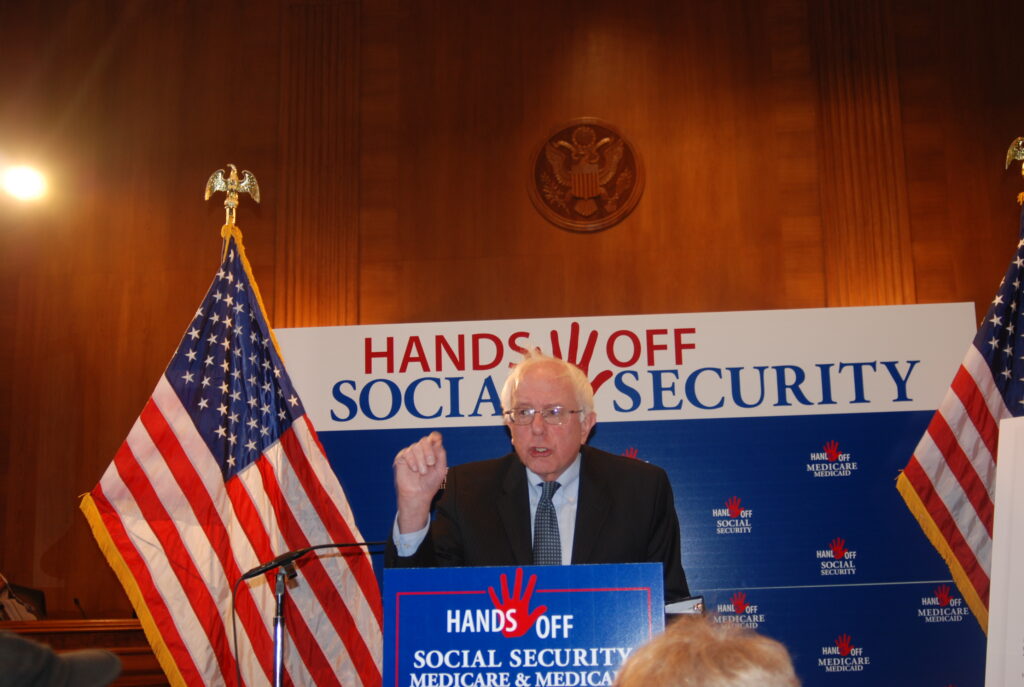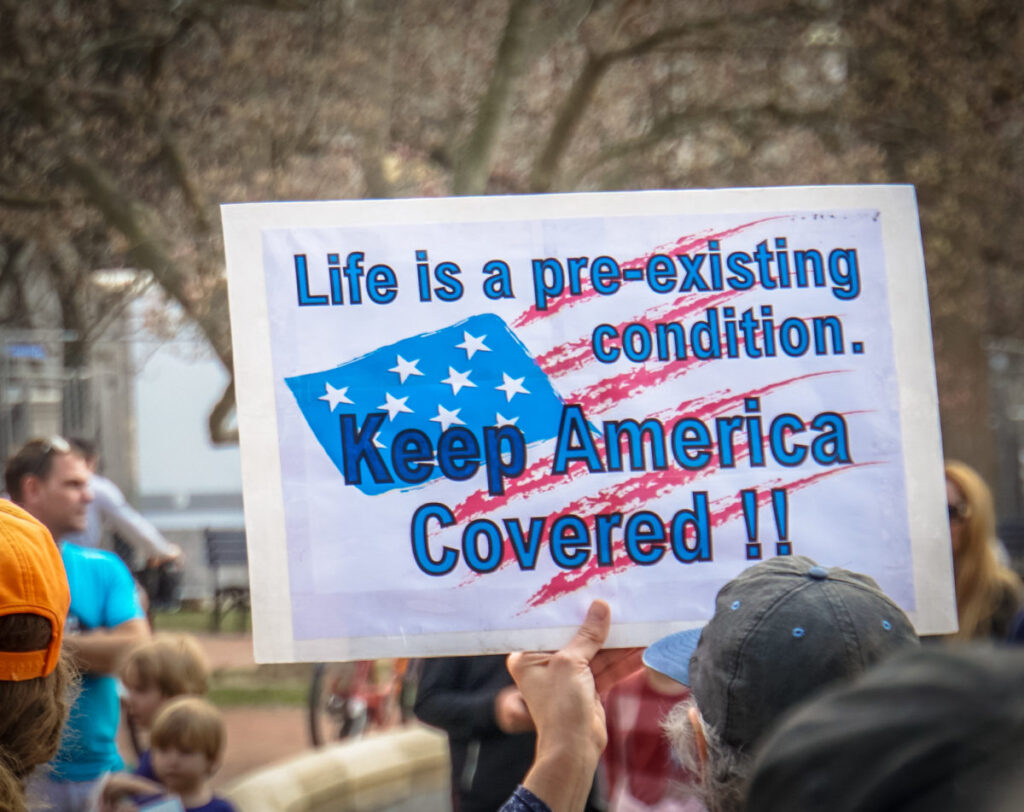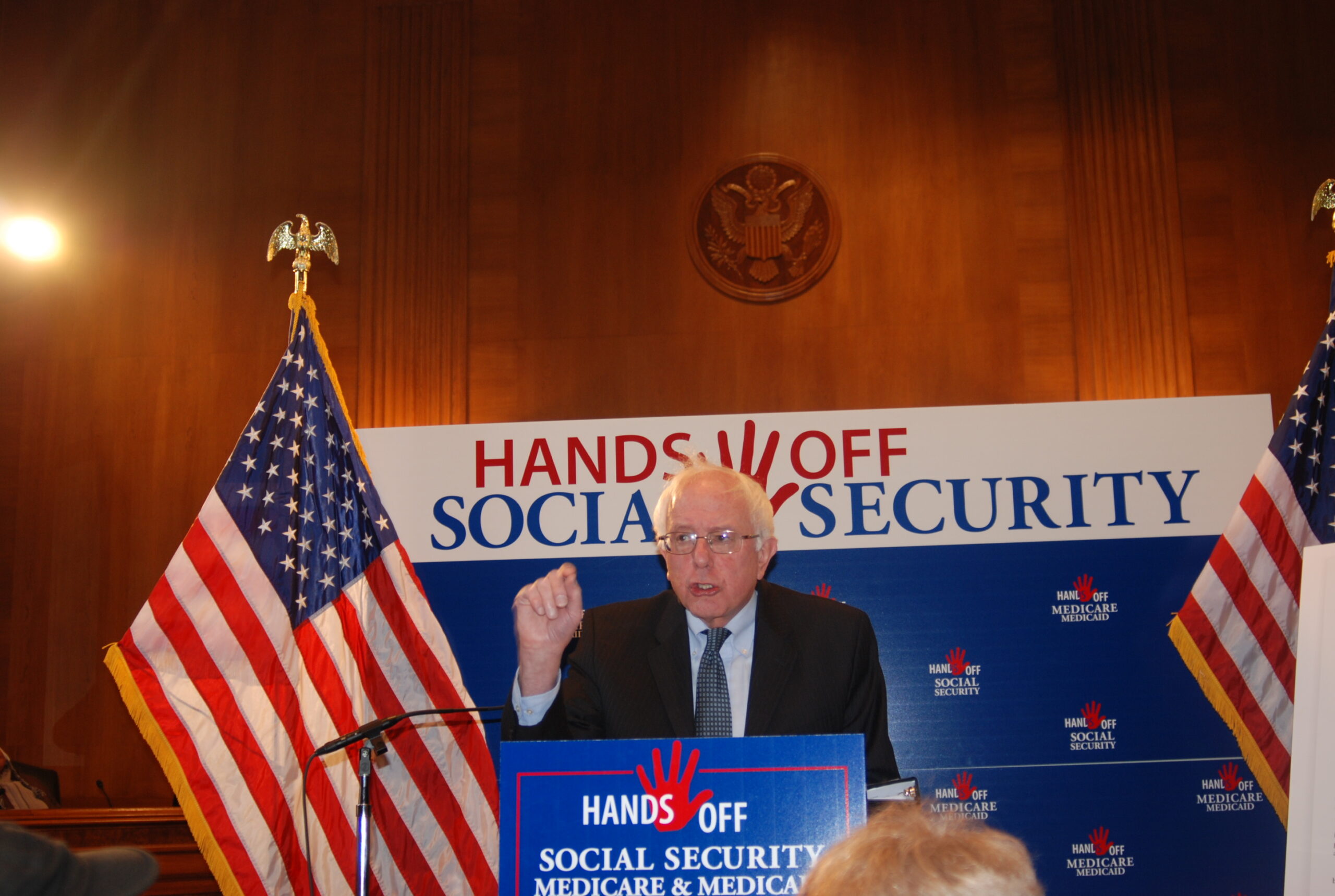Let’s be honest: Medicare sounds simple until you’re actually trying to use it. Suddenly, it feels like you’ve stumbled into a choose-your-own-adventure book where every wrong choice comes with a penalty, paperwork, or a terrifying “surprise billing” twist. And look, no shade—this stuff is deliberately confusing. Between the alphabet soup of Parts A, B, C, and D, enrollment windows that vanish like Snapchat messages, and “free” plans that cost you big later, it’s no wonder retirees (and their adult kids who get looped into helping) are constantly tripping over the fine print.
But here’s the thing: these slip-ups? They’re totally avoidable—if you know what to watch out for. That’s where we come in. We’ve rounded up the top 12 Medicare mistakes that sneak up on even the savviest retirees, complete with real talk, clear examples, and some cheeky commentary to keep it fun. Whether you’re brand new to Medicare or just coasting on last year’s plan, this list will help you dodge the gotchas and make smarter, wallet-friendlier decisions. Let’s break it down.
1. Assuming Medicare Is Free

Newsflash: Medicare isn’t a free ride, and treating it like one is a surefire way to get a rude awakening. While Part A (hospital insurance) can be premium-free if you’ve paid enough Medicare taxes, Part B (doctor visits and outpatient services) will cost you—right now it’s about $174.70 per month, and that can spike if your income is on the higher side. You’ve also got deductibles, copays, and coinsurance to factor in. As Boston College’s Retirement Research Center points out, treating Medicare like a no-fee program can leave you staring at bills that look like your student loans… again.
But wait, there’s more! Prescription drug coverage (Part D) and supplemental Medigap plans add extra premiums, and those can climb each year. If you skip signing up for Part D when you’re first eligible, you’ll owe a lifetime penalty for late enrollment—about 1% of the national base premium for every month you waited. So yeah, your “free” Medicare could end up costing you more than the latest iPhone.
2. Enrolling Late and Paying Penalties

Signing up for Medicare after your Initial Enrollment Period wraps up is like showing up to a concert after the headliner has left—you’ll miss the perks and you’ll pay extra for the pleasure. Your seven-month “welcome window” starts three months before your 65th birthday and ends three months after. If you snooze on that, you can still join later—but brace yourself for lifetime surcharges (we’re talking a 10% bump on Part B premiums for each 12 months you were eligible but didn’t enroll). And no, those penalties don’t vanish if you finally sign up—they stick with you like glitter after a craft day. According to AARP you could face thousands of dollars in extra premiums over a lifetime if you miss that window.
Plus, if you were covered under your employer’s plan past 65, you’ve got a special enrollment period—but only for eight months after leaving that job. Miss that, and those penalties start adding up faster than avocado toast expenses—permanently. Pro tip: set calendar alerts for your birthday month and the three months on either side. There’s no “undo” button on missed Medicare deadlines, folks.
3. Auto-Renewing Your Part D Plan Without a Check-Up

The idea of “set it and forget it” is great for slow-cooker recipes but disastrous for Medicare Part D. Drug formularies change, pharmacies swap networks, and premiums often creep up. If you cruise into open enrollment (October 15 to December 7) without comparing your options, you could be stuck paying more or paying for drugs your plan no longer favors. According to Nasdaq, retirees who skip this annual check-in risk overpaying by hundreds of dollars a year—and no, there’s no rewind button once the plan year starts.
On the bright side, you’ve got plenty of tools: the Medicare Plan Finder lets you plug in your meds and see total costs, so you can swap to a plan that actually covers what you need. Think of it as your yearly health-plan tune-up. Ignoring it, however, is like not updating your GPS—eventually you’ll find yourself miles off course (and out of pocket).
4. Picking the Same Part D Plan as Your Spouse

Couples who share everything—Netflix passwords, toothbrush holders, inside jokes—still shouldn’t share a Medicare Part D plan. There are zero spousal discounts, and odds are you and your partner take different meds. One plan might scream “great deal” for you but leave your spouse stuck paying full price for a critical prescription. Kiplinger warns that couples often overlook basic plan differences—like copays, deductibles, and pharmacy networks—and end up paying way more than necessary.
Do yourselves a favor: compare side by side. Use the Medicare Plan Finder (again)—it’s free and it’ll break down your out-of-pocket costs for each candidate plan. That couple who saves money together? Make sure you’re not spending more because you thought “one size fits all” applies to Medicare.
5. Skipping Social Security Timing Advice

Time your Social Security and Medicare sign-ups wrong, and you could lose thousands. If you opt into Social Security at 65 instead of waiting until full retirement age (which is 67 for folks born in 1960 or later), your benefits get permanently reduced by 13.33%—ouch. And when you enroll in Medicare, the prompts sometimes ask if you want to claim Social Security too, even if you’re not ready. Click through without reading? You’ve just locked in that reduction. The fine print is real. MarketWatch shares horror stories of retirees accidentally hitting “yes” and regretting it for decades.
Before you click anything, pause and consider your personal plan. If you’re still working or need to wait for full retirement age, get clear instructions on how to enroll only in Medicare without triggering Social Security. It’s like unbundling your cable channels—you only want the ones you need.
6. Neglecting Annual Plan Reviews

We can’t overstate this: your health needs and plan offerings change every year. Failing to review your coverage during the Annual Enrollment Period (October 15–December 7) is a fast track to overpaying or losing benefits. Networks shuffle doctors in and out, premiums and deductibles adjust, and new supplemental perks (like vision or hearing) pop up. If you’re still rocking last year’s plan, you might be missing out or stuck with worse terms next year. Make it a calendar ritual—mark October to December as “Medicare makeover season.”
Even if your needs haven’t changed, your plan might have quietly downgraded behind your back like a shady ex. That medication you rely on? It could’ve moved to a higher tier, meaning you’ll pay more. Your favorite doctor? They might’ve dropped out of your plan’s network. And don’t get us started on new plans that hit the market with better perks for the same or even lower premiums. Not shopping around is like never checking for flight deals—you’ll always overpay. Take the hour, do the comparison, and treat it like your annual financial checkup. Future you (and your bank account) will be extremely grateful.
7. Overlooking Extra Benefits in Medicare Advantage

Medicare Advantage (Part C) often bundles Part A, Part B, and Part D coverage, plus bonus benefits like dental, vision, hearing, or fitness memberships. But not all Advantage plans are created equal. Picking a plan solely because it has a $0 premium can lead to narrow networks and surprise out-of-pocket costs. Always dig into provider directories and benefit summaries—sometimes paying a tiny premium nets you way more in-network flexibility and extra perks.
Plus, those shiny bonus features? They aren’t always standardized. One plan might offer dental cleanings and eye exams, while another only gives you access to a generic gym membership and a 24/7 nurse hotline. Also, just because the perks exist doesn’t mean they’re accessible or easy to use—some benefits come with fine print longer than a CVS receipt. You’ve got to play detective: Will that dental coverage actually cover crowns, or just cleanings? Are your preferred specialists in-network, or do you need to travel an hour for care? The bottom line: don’t get distracted by the bells and whistles if they don’t fit your needs. A $0 plan that costs you in the long run is no bargain.
8. Mixing Up Medigap Open Enrollment

Once you sign up, Medigap (supplemental) plans have no medical underwriting only during your six-month Medigap Open Enrollment Period—which starts the month you turn 65 and enroll in Part B. If you miss that window, insurers can charge you more or deny coverage for pre-existing conditions. That means jaw-dropping premiums or waiting periods for conditions you already have. Respect that six-month cutoff like you would a plot twist in your favorite show—because it’s non-negotiable.
Too many people assume they can get Medigap “whenever” and get hit with a double whammy—higher costs and fewer plan options. This is one Medicare deadline you do not want to play chicken with. You wouldn’t wait until your car breaks down to buy insurance, right? Same logic applies. Some states offer more lenient rules, but many do not. And spoiler alert: if you’re in poor health, that underwriting could get real expensive, real fast. Mark your calendar, set an alarm, write it on your bathroom mirror—whatever it takes. That six-month runway is your only guaranteed chance to get the best deal, no questions asked.
9. Ignoring Special Enrollment Periods

Life happens: you change jobs, move states, or your employer coverage ends. In these cases, you might qualify for a Special Enrollment Period (SEP) outside the usual timelines. But you have to initiate enrollment—Medicare won’t automatically sign you up. Missing an SEP can trigger the same penalties as missing your initial window. Keep HR’s contact info, note your coverage end date, and file paperwork early. Think of it like RSVP’ing to the biggest health-insurance party of your life—you don’t want to be the one stuck dancing outside.
And here’s the kicker: SEPs don’t just apply to job changes. Things like moving to a new county, losing Medicaid eligibility, or even plan contract changes can all trigger an SEP. But you usually have just two months to act—so no time for “I’ll get to it next week” energy. You’ve got to be both alert and a little type-A about paperwork. Otherwise, it’s a fast track to penalties and gaps in coverage. Knowing the SEP rules is basically your Medicare cheat code. Keep ‘em handy. You never know when life’s going to throw you a surprise enrollment curveball.
10. Failing to Coordinate with Employer Coverage

If you (or your spouse) work past 65 and stick with employer health insurance, you might delay Medicare without penalty—if the company has 20+ employees. But once that employer coverage ends, you only have eight months to enroll in Part B without penalties. Failing to coordinate can leave you either double-paying premiums or facing steep surcharges. Reach out to your benefits manager before your last day of work to plot the perfect enrollment timeline.
And don’t just assume your HR department has all the answers—they mean well, but they’re juggling 400 things and might not be up to date on Medicare intricacies. For example, some employer drug plans don’t count as “creditable coverage” under Medicare Part D, which can lead to—you guessed it—more penalties. And if you retire and start COBRA, that doesn’t count as active employer coverage either, so relying on it might cost you. The rules are full of traps for the unaware. So cross your t’s, dot your i’s, and double-check every date. Think of Medicare like a passport: delays and paperwork confusion will 100% bite you later if you don’t prep right now.
11. Not Comparing Original Medicare vs. Advantage

Original Medicare (Parts A & B) plus Medigap and Part D plans gives you flexibility in choosing any provider that accepts Medicare—but that freedom comes with extra premiums and more hands-on management. Medicare Advantage plans streamline coverage under one insurer, often with lower premiums, but lock you into a network. Blindly choosing one over the other without running the numbers and mapping your provider network is like picking a college without visiting the campus—great ads don’t guarantee a good fit.
The real question is: how do you use health care? If you travel often or have doctors scattered across multiple states, Original Medicare might give you better access. But if you prefer an all-in-one package and don’t mind staying local, Advantage could be the move. Just know that switching between the two isn’t always easy—once you drop Medigap coverage, getting it back later might mean medical underwriting. It’s not just a “pick one this year and change next year” kind of deal. Think of this as your health care lifestyle choice. Spend some time soul-searching, spreadsheeting, and maybe even chatting with a licensed agent who can help you sort it all out.
12. Forgetting to Check for Low-Income Assistance

Medicare Savings Programs and Extra Help (for Part D) can shave thousands off your premiums, deductibles, and drug costs—if you qualify. But these programs have income and asset limits, and enrollment deadlines. Skipping this step could mean overpaying when you didn’t have to. Check your state Medicaid office or the Social Security website to see if you’re eligible. It’s like finding a hidden coupon code for your health care—why pay full price if you don’t have to?
And don’t assume you “make too much” to qualify—many retirees fall just under the cutoff and never even check. Even if you’re slightly over the limit, certain expenses (like housing or medical costs) can be subtracted from your income in the calculation. Plus, some states have more generous programs than others. You could be one application away from dramatically lowering your out-of-pocket costs. Bottom line: apply, even if you’re not sure. Worst case, they say no. Best case? You get real savings and keep more of your retirement cash for things that don’t come with a copay—like wine tastings, travel, or grandkid spoiling.
This article is for informational purposes only and should not be construed as financial advice. Consult a financial professional before making investment or other financial decisions. The author and publisher make no warranties of any kind.









